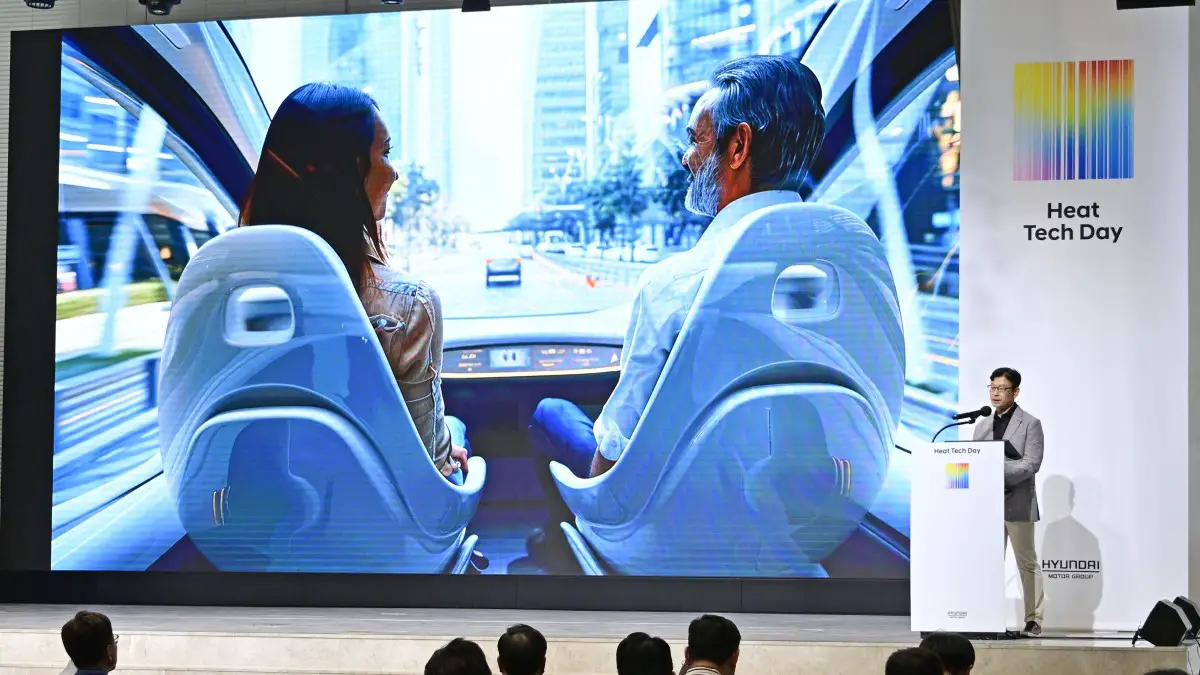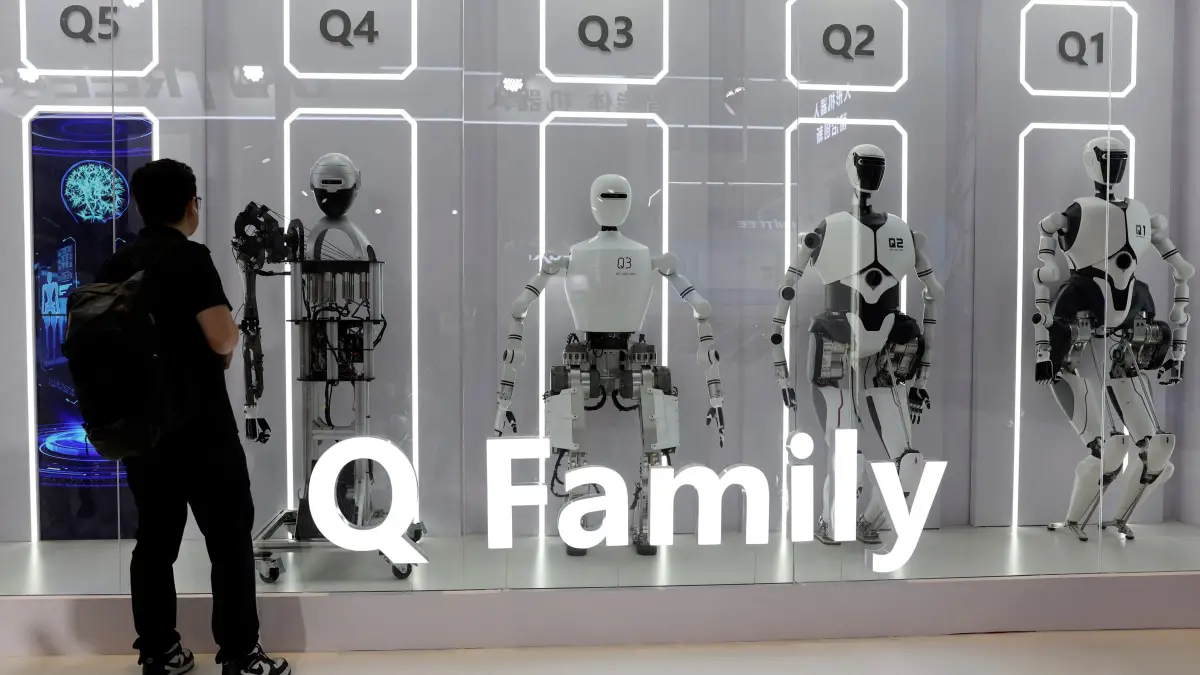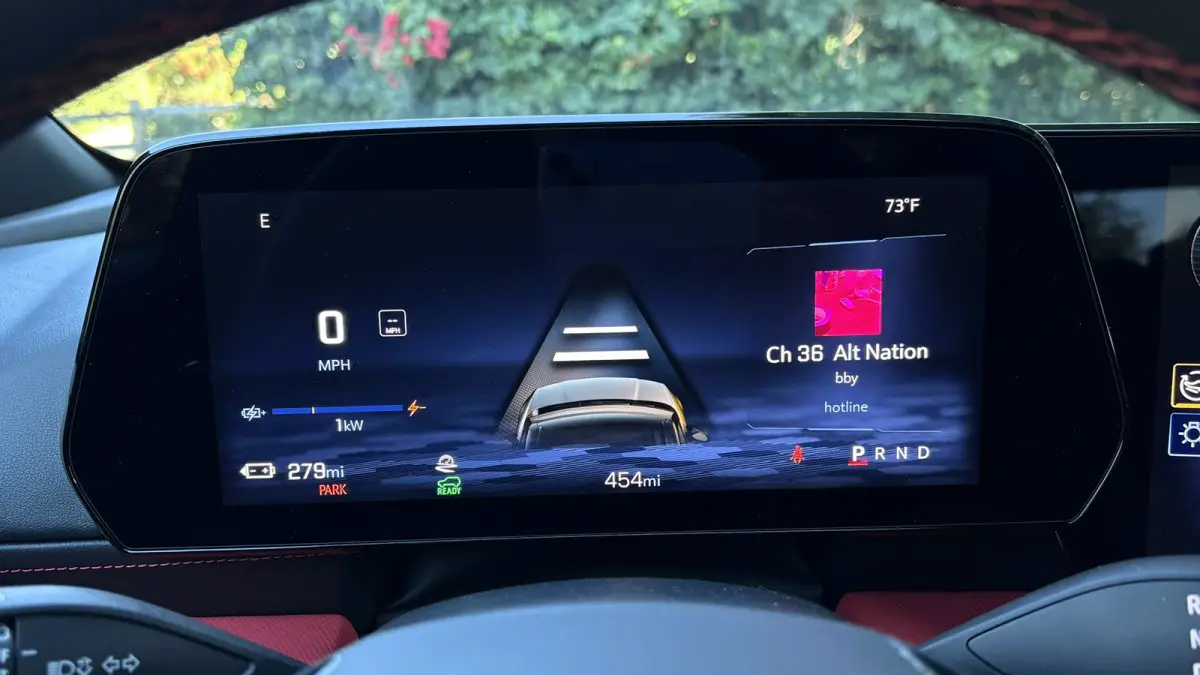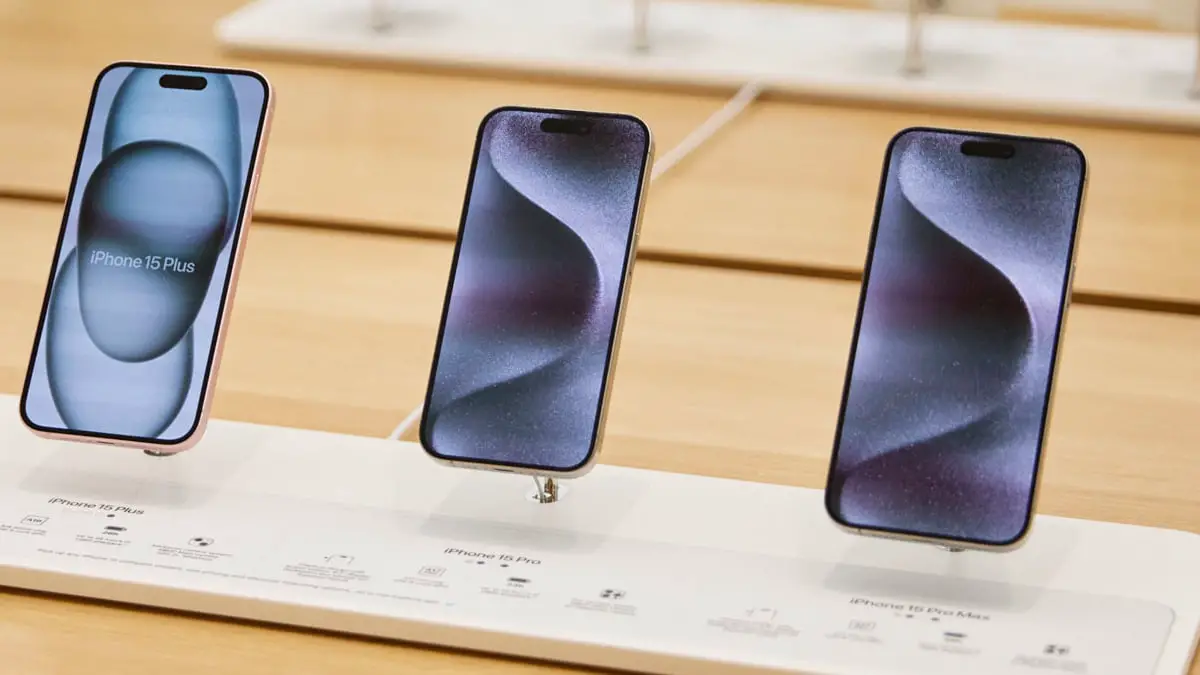For those passengers who were delighted by the introduction of heated seats in automobiles — and those drivers who, subsequently, were thrilled by the wonder of a heated steering wheel — there’s potentially good news on the horizon from South Korea.
Last week the Hyundai Motor Company and Kia Corporation showed off three technologies designed to add comfort and heating and cooling efficiency to a vehicle’s interior, They’re still some years away, so don’t give up that parka or turn off the AC just yet.
Among the concepts is Nano Cooling Film applied to glass surfaces. In tests, the application reduced an interior temperature to 96F compared to temps of 118F for those vehicles without the film.
The product, according to Hyundai, not only blocks infrared radiation from outside the vehicle, like traditional tinting films, but also allows heat to escape from inside the vehicle. It comprises three layers, including two that reflect solar energy and one that emits mid-infrared wavelength.
Also shown by the manufacturers at the “Heat Tech Day” event in Seoul was the Radiant Heating System, a heating element placed under the interior floor that emits radiant heat towards passengers’ legs, quickly warming them during cold weather.
The carmakers claim that, as part of an existing heating system, this tech could conserve up to 17% more energy to reach a desired temperature as well as significantly extend the driving range of electric vehicles in winter by reducing energy used for climate control.
In addition to the examples above, Hyundai and Kia showed Metal-Coated Heated Glass designed to remove frost or moisture from a vehicle windshield during winter within five minutes, and using less energy that other conventional systems. Additionally, on hot days, the metal coating can passively block at least 60 percent of solar energy, reducing cabin cooling requirement to “significantly improve energy efficiency.”










